Where To See The Northern Lights in Iceland
Discover the secrets to the best northern lights watching in Iceland with our Q&A guide to the electrifying – and sometimes elusive – aurora borealis...
Read more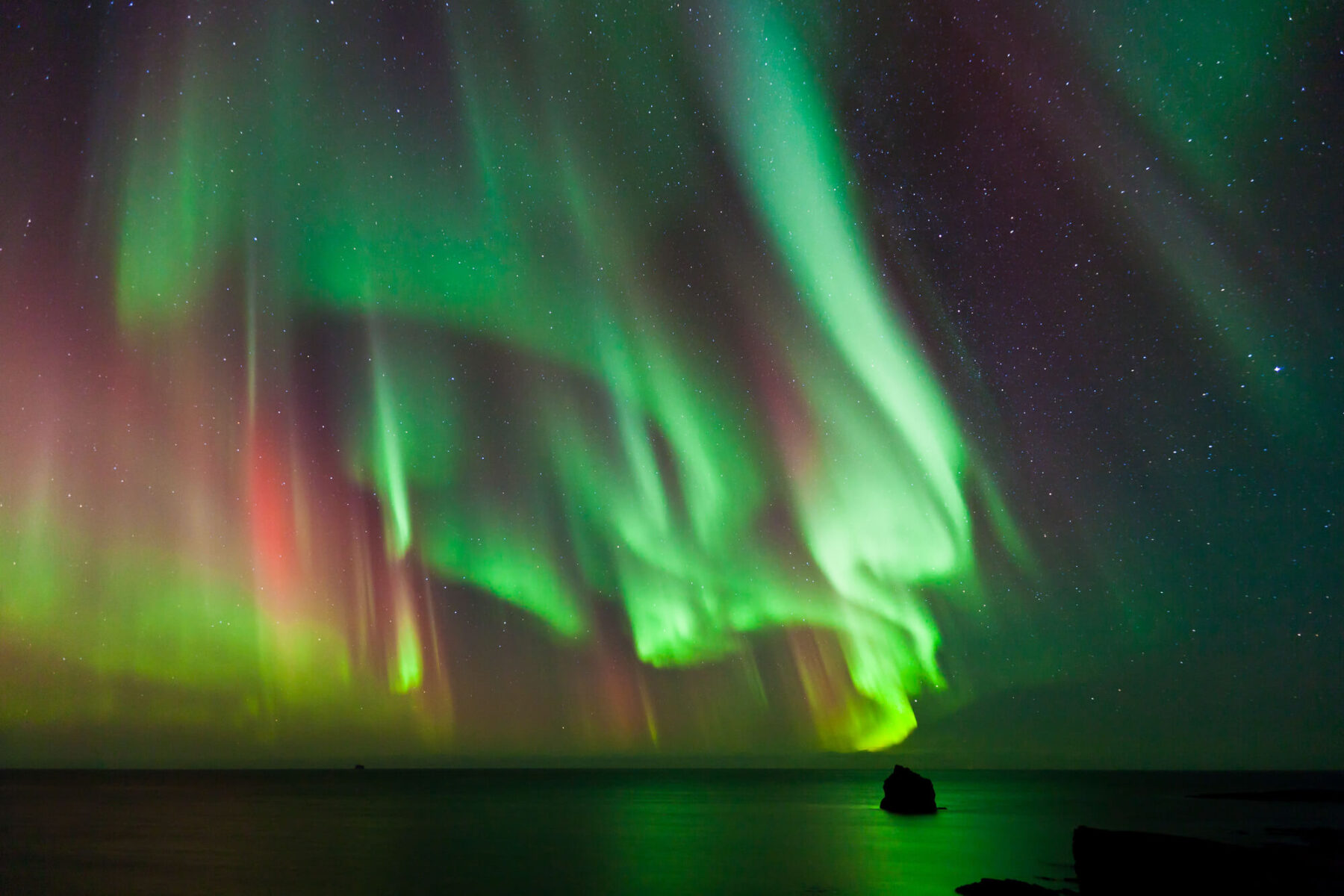
Located within the auroral oval, Iceland is a superb destination to see the northern lights. The dark winter nights from September to April, tingle with the electrifying prospect of seeing the aurora borealis, while the warming influence of the Gulf Stream means Iceland enjoys much warmer weather during the winter than many other places at this latitude.
With 40 years experience in creating Iceland holidays, we understand how to maximise your chances of seeing the northern lights. Location is everything and you boost your chances dramatically by staying somewhere away from the light pollution of built-up areas. Over the years we’ve developed close partnerships with Iceland’s very best rural hotels and lodges. Located deep in the countryside, surrounded by vast open skies where aurora watching is at its most spectacular, they go the extra mile to help you witness the northern lights. Many of them offer an aurora wake-up service, so you can go to bed knowing that you’ll be woken should the northern lights appear.
The northern lights are visible for nearly nine months of the year from late August to mid-April offering plenty of scope for planning your holiday. Autumn and spring – especially during the equinoxes – tend to see an increase in activity. Couple this with milder temperatures and more daylight and this can be a great time for self-drive touring. Alternatively, visit in the depths of winter when snow-dusted mountains and frozen waterfalls form a stunning backdrop to a northern lights holiday in Iceland. You can also combine aurora hunting with orca watching during February and March, or plan a special break celebrating Christmas or New Year.
Expert analysts are able to predict aurora patterns a month in advance based on solar activity, but these are not set in stone and don’t account for weather patterns. Therefore, when it comes to choosing when to see the northern lights in Iceland, we recommend focusing on the elements you can control: where to stay – away from light pollution so you can react quickly to the whims of nature; what to see and what to do.
Icelandic astronomer, Saevar Helgi Bragason shares his passion and knowledge of the northern lights in this video… and when visiting Iceland, Saevar’s website Aurora Forecast offers real-time data to steer you in the right direction for a successful northern lights hunt!

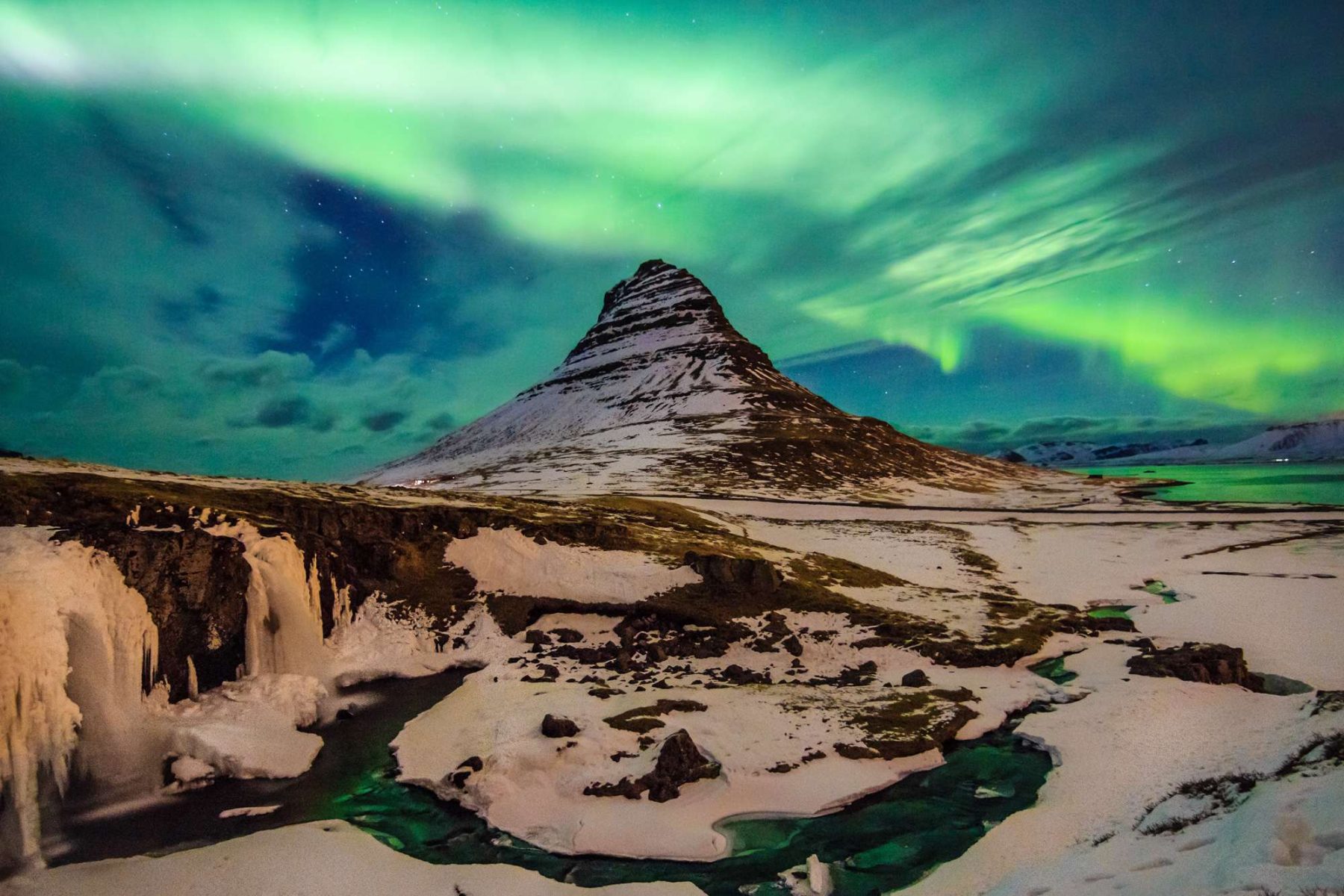
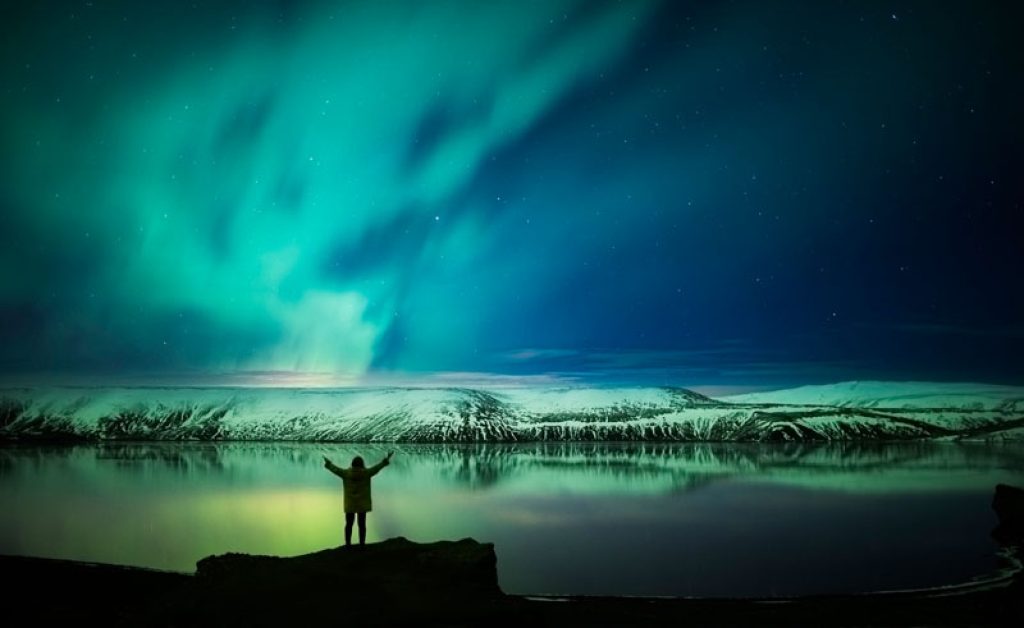
Many of the hotels we use are in prime aurora-viewing locations and many offer an aurora wake-up service, so you won’t miss a thing should the lights make an appearance.
Hotel Ranga – this 4 star ranch style hotel has exceptional surroundings, with some of its rooms overlooking the East Ranga River. Its countryside location is one of the best in Iceland for keen aurora hunters. Offering a fine dining restaurant, excellent service and outdoor hot tubs, this is one of our favourite properties. Ranga also boasts it’s own observatory with a state-of-the-art telescope for night-sky viewing year round. Aurora experts are frequently on hand to offer guests an added dimension to their northern lights experience.
Hotel Husafell – tucked into the forested hinterland of Borgarfjordur in south west Iceland, this rural bolthole enjoys dark night skies with superb aurora potential. Modern and full of contemporary flair, Husafell has 36 rooms with mountain views and provides an ideal base for exploring nearby Langjokull or the Snaefellsnes Peninsula, which is slightly further afield.
Hotel Siglo – this hotel sits on the edge of Silgufjordur in a picturesque small fishing town on the north coast and offers a stylish place to rest and relax whilst searching for the northern lights. With stunning mountain and ocean views, you can watch the daily catch be delivered to the hotel’s splendid restaurant.
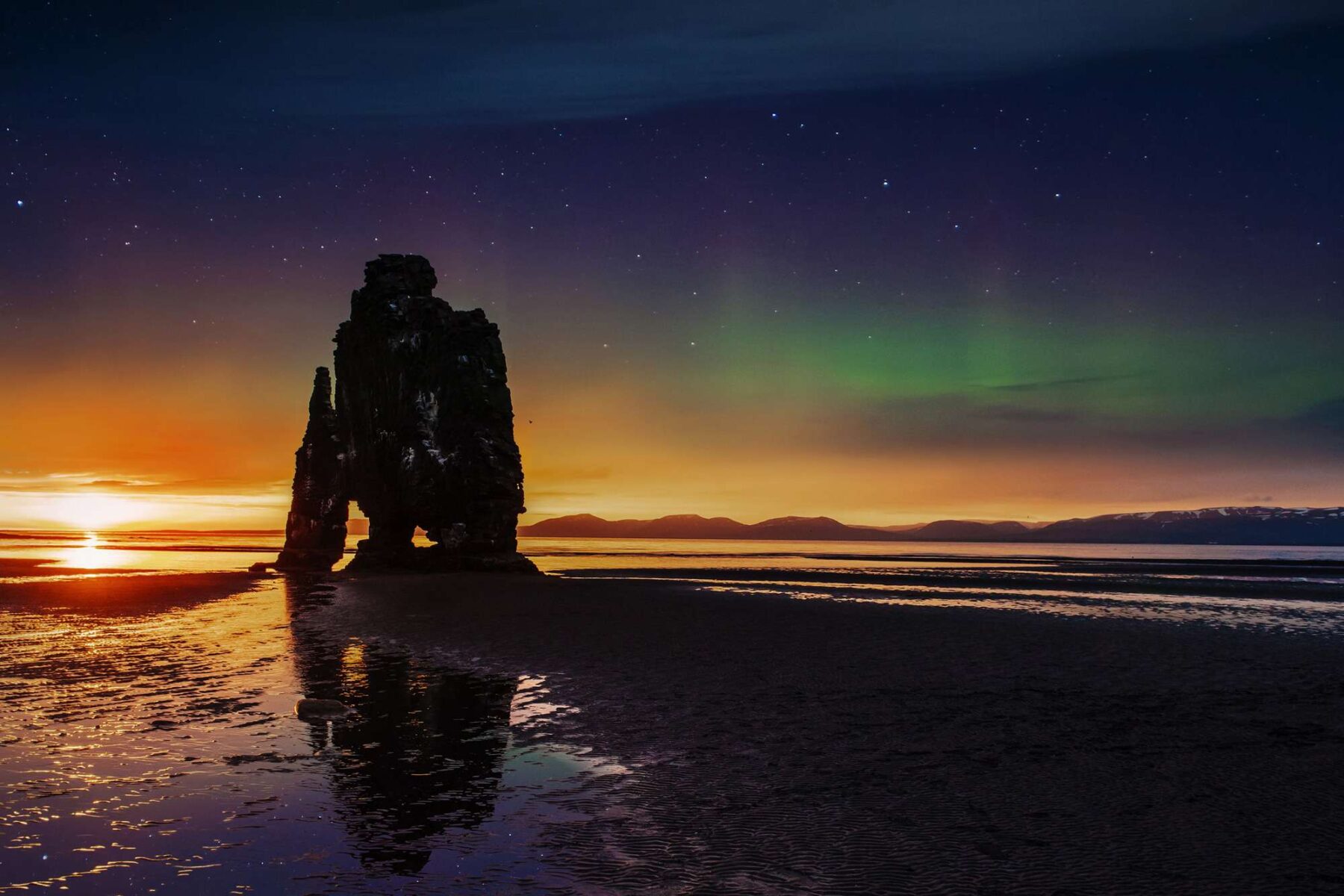

Discover the secrets to the best northern lights watching in Iceland with our Q&A guide to the electrifying – and sometimes elusive – aurora borealis...
Read more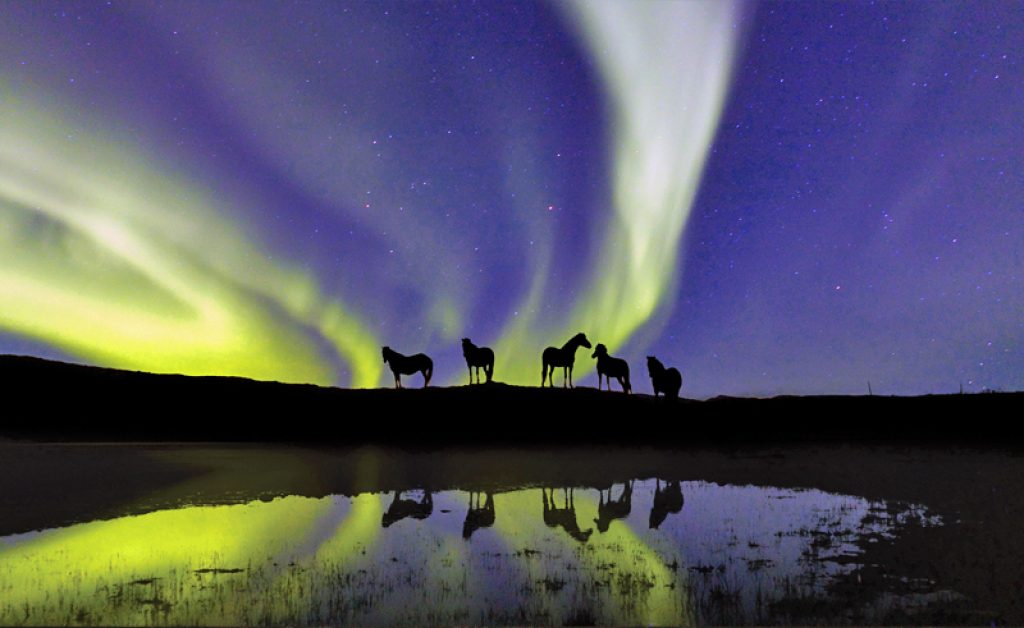
Heading out to see the northern lights is a must when travelling to Iceland in the winter months, and how you see them is part of the adventure.
Read more
